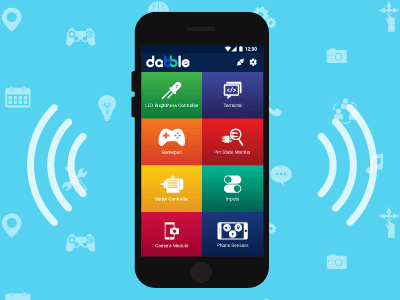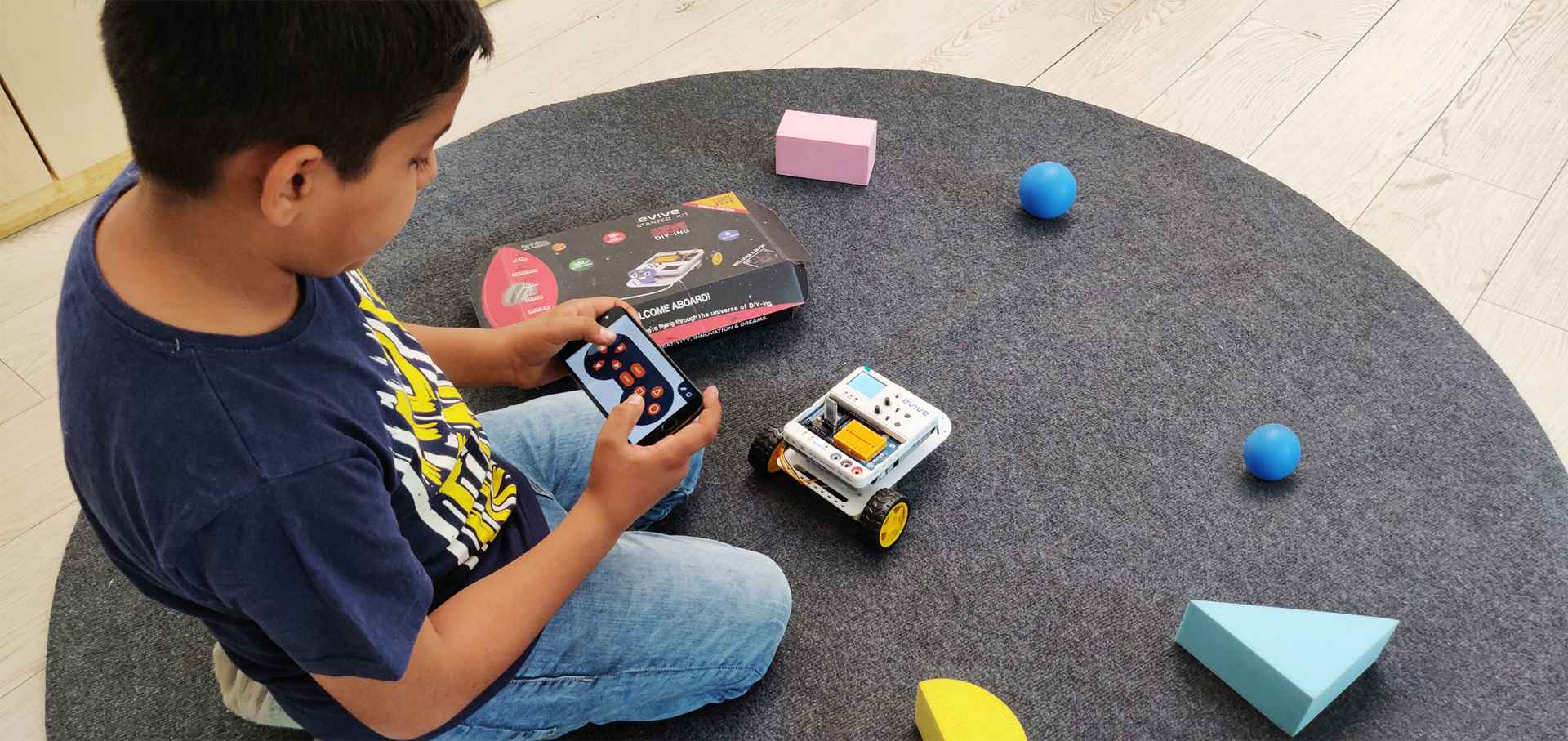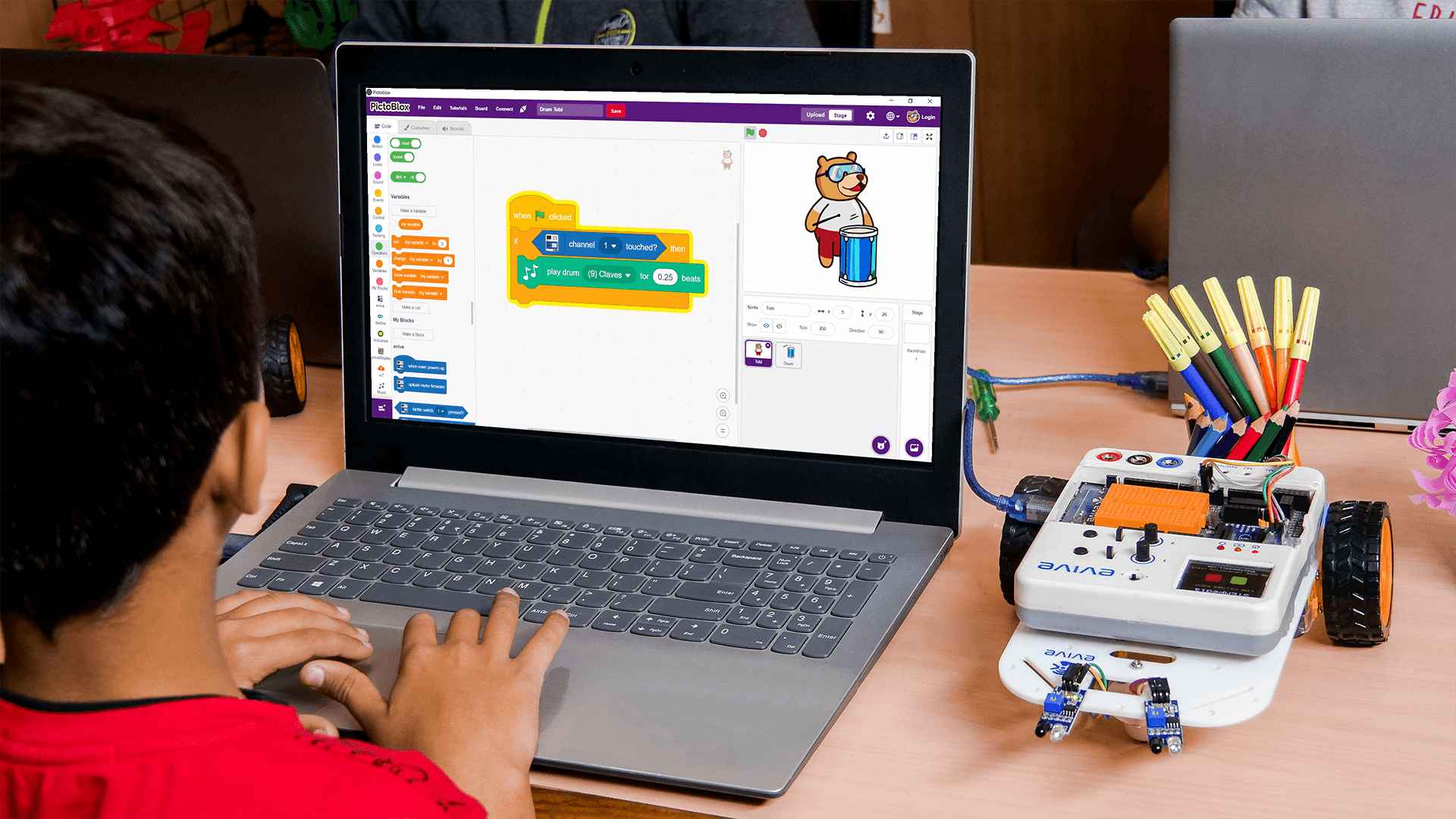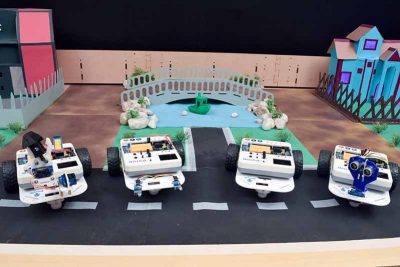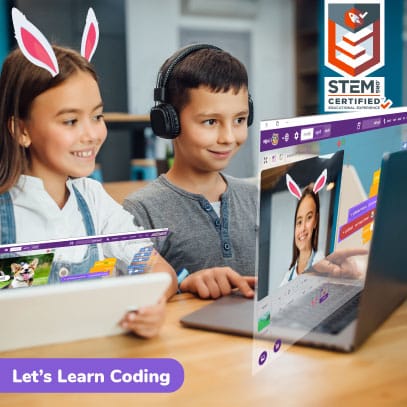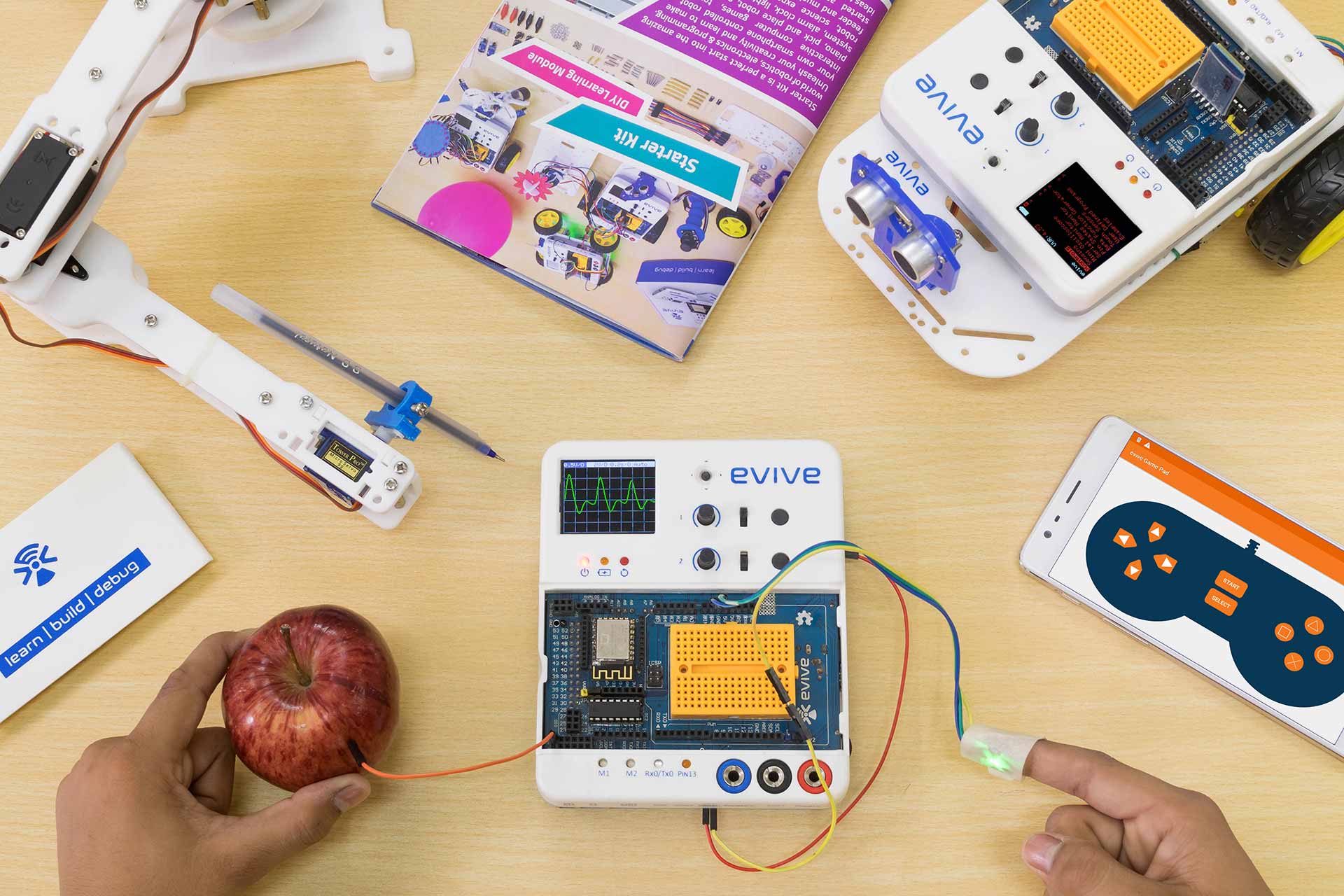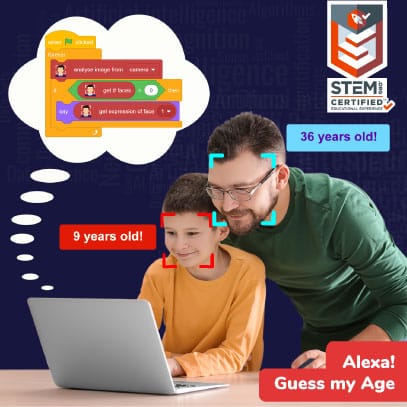
Internet of Things (IoT) for Kids

Introduction
The Internet of things curriculum has specially been designed for students for grade 7+ to introduce them to the wonders of IoT, home automation, and plant health monitoring through exciting hands-on STEM activities and projects.
- Prerequisites: Completed Physical Computing for Kids Level 2
- Kits Required: Evive
- Programming Software: PictoBlox (Block Coding)
Learning Outcomes
After completing this curriculum, students will have a basic understanding of IoT, home automation and plant health monitoring. The activities in this curriculum, focusing on experiential learning, will help them develop skills such as DIY-ing, problem-solving, critical thinking, creativity, and teamwork.
Curriculum Lesson Plan
Module 1: Internet of Things Basics

Lesson 1.1: IoT – Send Data to Cloud using ESP8266
- Objective: Basics of Internet of things (IoT) and how to send data to the cloud (ThingSpeak) using ESP8266 Wi-Fi module.
- Activity: Publishing sensor data on the cloud for monitoring application using an evive & ESP8266.
- Learning Outcome: What is the Internet? | What is the Internet of Things?
- Mode: Practical

Lesson 1.2: IoT – Retrieve Data from Cloud using ESP8266
- Objective: How to get retrieve data from ThingSpeak (Cloud) in an IoT system using evive and ESP8266?
- Activity : Retrive data from cloud
- Learning Outcome: In this activity, students will retrieve the last entry of the data that they have sent to the cloud (ThingSpeak channel) using evive and ESP8266 and show it on evive Display.
- Mode: Practical

Lesson 1.3: IoT – Getting Weather Data from Internet
- Objective: How to get the weather data for a location using API requests from OpenWeatherMaps API?
- Activity: Getting the temperature data of a location using evive, ESP8266 and OpenWeatherMaps API.
- Learning Outcome: What are APIs and OpenWeatherMap API?
- Mode: Practical
Module 2: Home Automation
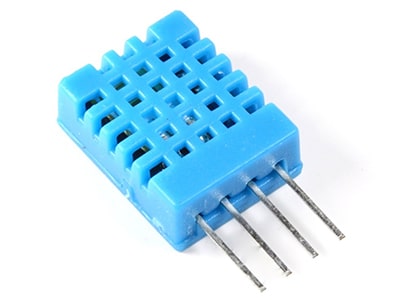
Lesson 2.1: Publishing Temperature and Humidity on Internet
- Objective: Publish temperature and humidity data on ThingSpeak (Internet) using DHT11 sensor, evive, and ESP8266.
- Activity : Publish Weather Data on Internet
- Learning Outcome: students will learn how to publish temperature and humidity data on ThingSpeak (Internet) using DHT11 sensor, evive, and ESP8266.
- Mode: Practical
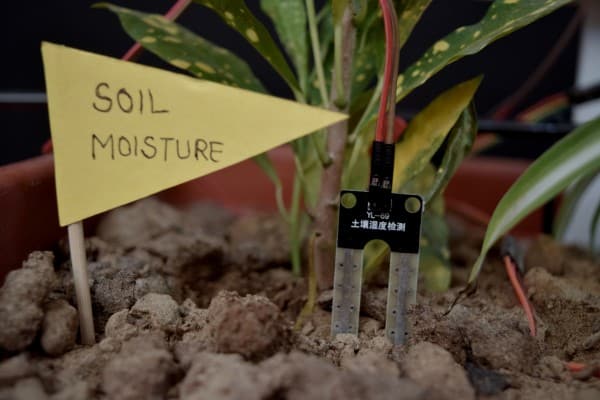
Lesson 2.2: Soil Moisture Sensor
- Objective: Learn how to measure and monitor the soil moisture using evive and PictoBlox to keep plants healthy.
- Activity: Reading the soil moisture level and displaying it on evive Display.
- Learning Outcome: What is a soil moisture sensor? | Circuit diagram of a soil moisture sensor interfaced with evive.
- Mode: Practical

Lesson 2.3: Detecting Motion with PIR Sensor
- Objective: Publish temperature and humidity data on ThingSpeak (Internet) using DHT11 sensor, evive, and ESP8266.
- Activity : Making a motion detecting system using a PIR sensor, evive, and PictoBlox.
- Learning Outcome: What is a PIR sensor or motion detector sensor? | What is the different mode of operation of a PIR sensor?
- Mode: Practical
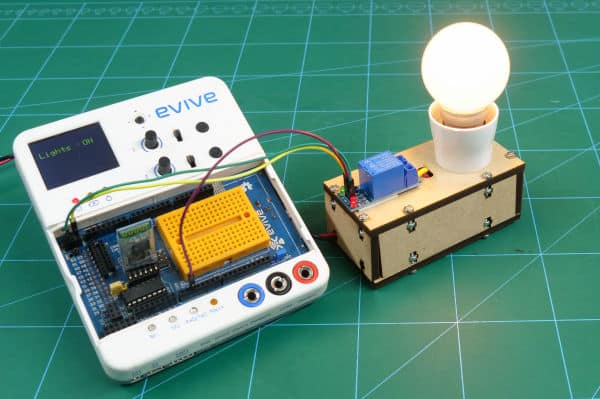
Lesson 2.4: Relay Module
- Objective: Basics of the relay module, its working principle, and circuitry. Make a project to control the light bulb using evive and relay.
- Activity: Controlling a light bulb using relay and evive.
- Learning Outcome: What is a relay module and how does it work?
- Mode: Practical

Lesson 2.5: Home Automation using Voice Commands
- Objective: Make a voice-activated light bulb using evive, Dabble and relay module and do home automation.
- Activity : make a home automation project.
- Learning Outcome: In this activity, students will make a home automation project, where they will be controlling the light bulb using voice commands on the smartphone – Lights on & Lights off.
- Mode: Practical
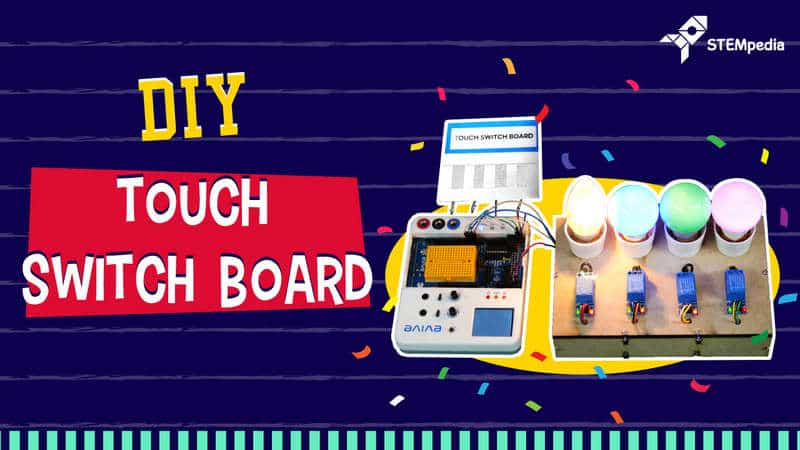
Lesson 2.6: Touch Switchboard
- Objective: Make a capacitive touch-based switchboard which controls the light bulb by touching fruits.
- Activity: Students will make a switchboard which will control a light bulb by touching the touchpad.
- Learning Outcome: In this activity, students will make a switchboard which will control a light bulb by touching the touchpad. If you touch the touchpad, switch bulb will start glowing, and if you touch it again bulb will be off.
- Mode: Practical
What will you need to Conduct this Curriculum?

STEM Classroom Bundle
The perfect Starter Package for schools to implement STEM, electronics, and robotics education.
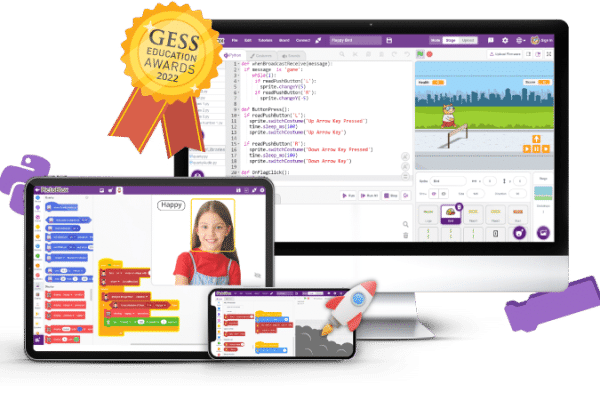
PictoBlox Software
Graphical Programming Software for kids to make games, animation, and program robots.
Contact Us
Implement this curriculum at your School / Activity Center!

